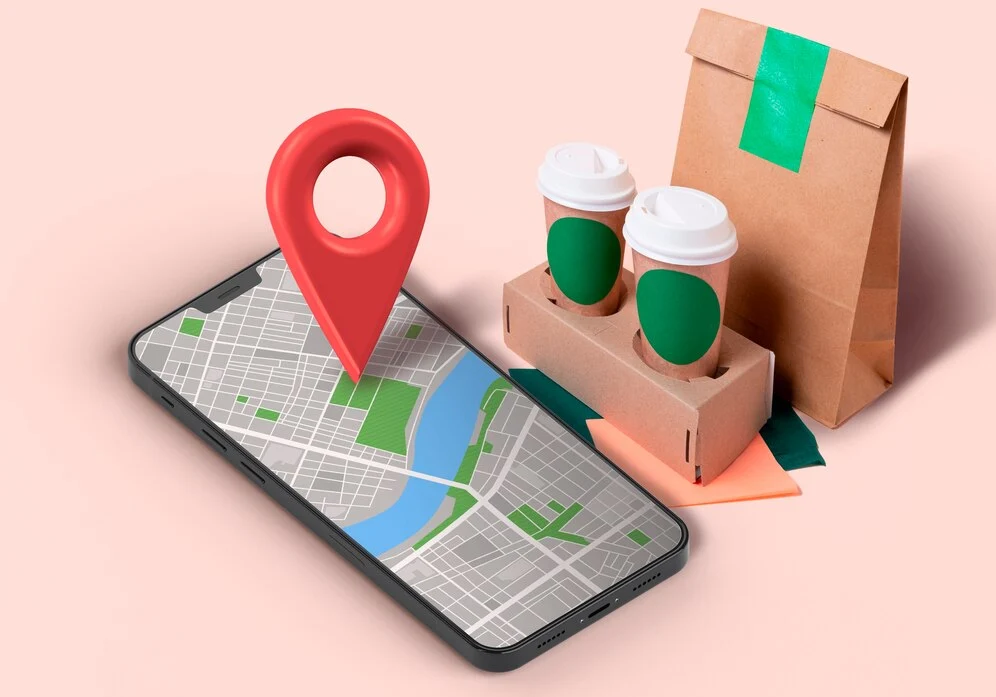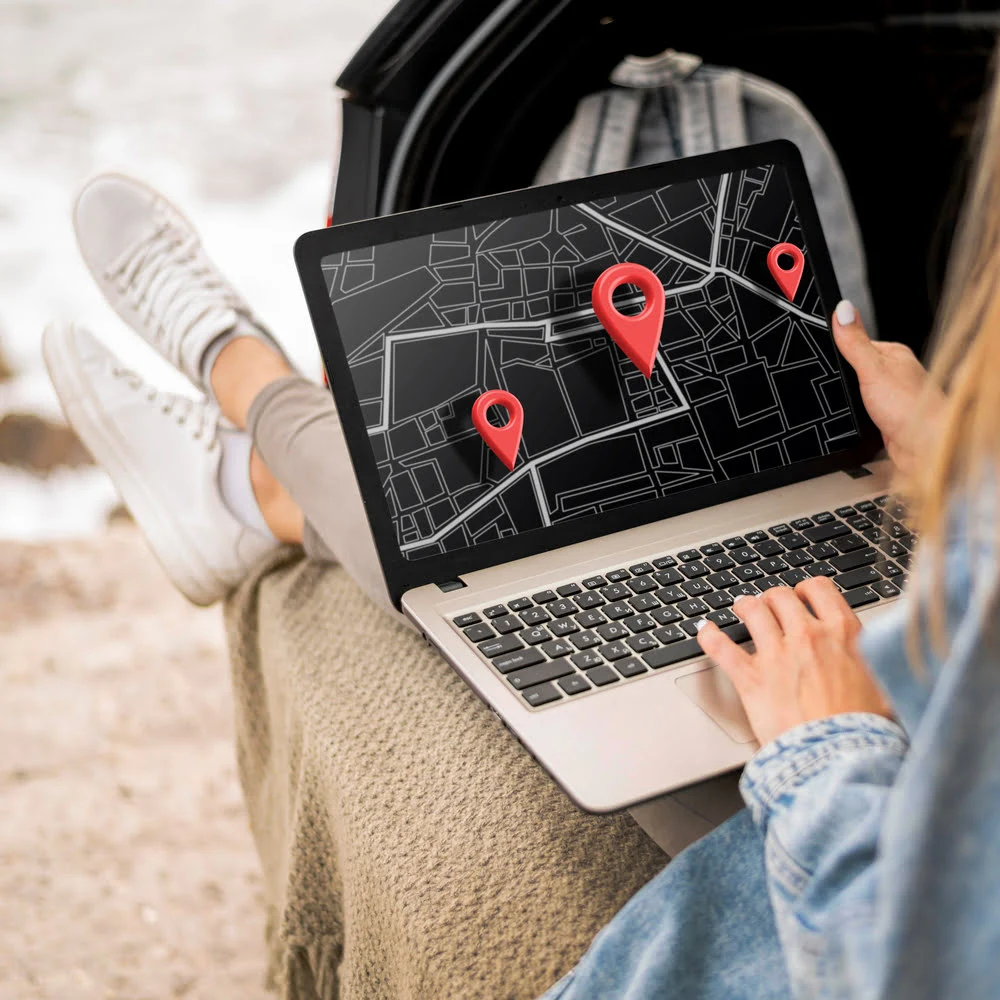Local SEO is a crucial aspect of digital marketing for businesses that serve a specific geographic area. With the rise of voice search and mobile usage, local SEO has become even more important for businesses to reach their target audience.
In this article, we will provide you with an essential local SEO checklist for 2024 to help your business stay ahead of the competition and rank higher in local search results.
Why Is Local SEO Important?
Before we dive into the local SEO checklist, let’s first understand why local SEO is important for businesses.
Table of Contents
- 1Why Is Local SEO Important?
- 2Local SEO Checklist for 2024
- 2.1Claim Your Google My Business Listing
- 2.2Optimize Your GMB Listing
- 2.3Optimize Your Website for Local SEO
- 2.4Build Local Citations
- 2.5Get Listed on Local Directories
- 2.6Encourage Customer Reviews
- 2.7Use Local Keywords in Your Content
- 2.8Optimize Your Website for Voice Search
- 2.9Leverage Social Media for Local SEO
- 3What are the Local SEO Tips?
- 4How Do I Track Local SEO?
- 5How to Do Local SEO Marketing
- 6Conclusion
Targeting Local Customers
Local SEO allows businesses to target customers in a specific geographic area. This is especially important for small businesses that rely on local customers for their revenue. By optimizing for local search, businesses can attract more local customers and increase their sales.
Increased Visibility in Local Search Results
With the rise of voice search and mobile usage, more and more people are using search engines to find local businesses. By optimizing for local SEO, businesses can increase their visibility in local search results and attract more potential customers.
Better User Experience
Local SEO also focuses on providing a better user experience for customers. By optimizing for local search, businesses can ensure that their contact information, business hours, and directions are easily accessible to potential customers. This makes it easier for customers to find and contact the business, leading to a better user experience.
Local SEO Checklist for 2024
Now that we understand the importance of local SEO, let’s take a look at the essential local SEO checklist for 2024.
Claim Your Google My Business Listing

Google My Business (GMB) is a free tool that allows businesses to manage their online presence on Google. It is essential for local SEO as it helps businesses appear in Google’s local search results and on Google Maps.
To claim your GMB listing, you need to create a Google account and verify your business. Once verified, you can add important information such as your business name, address, phone number, website, and business hours. It is crucial to keep this information up-to-date to ensure that potential customers can easily find and contact your business.
Optimize Your GMB Listing
Once you have claimed your GMB listing, it’s time to optimize it for local SEO. Here are some tips to help you optimize your GMB listing:
Optimize Your Website for Local SEO
Your website is a crucial part of your local SEO strategy. Here are some tips to help you optimize your website for local search:
Build Local Citations
Local citations are online mentions of your business name, address, and phone number. These citations help search engines verify the accuracy of your business information and improve your local search rankings.
To build local citations, you can list your business on online directories, review sites, and local business associations. Make sure to keep your business information consistent across all platforms to avoid confusion and improve your local SEO.
Get Listed on Local Directories

In addition to building local citations, it is also essential to get listed on local directories. These directories are specific to your geographic area and can help your business appear in local search results.
Some popular local directories include Yelp, Yellow Pages, and Angie’s List. Make sure to claim your business listing on these directories and keep your information up-to-date.
Encourage Customer Reviews
Customer reviews play a significant role in local SEO. They not only help potential customers make a decision but also impact your local search rankings.
Encourage your customers to leave reviews on your GMB listing, social media profiles, and other review sites. Respond to reviews, both positive and negative, to show that you value your customers’ feedback. This is one of the most important items on the local SEO checklist
Use Local Keywords in Your Content
Using local keywords in your website content and meta tags can help improve your local search rankings. Conduct keyword research to identify relevant local keywords and use them in your website content, meta titles, and descriptions.
Make sure to use these keywords naturally and avoid keyword stuffing, which can negatively impact your SEO.
Optimize Your Website for Voice Search
With the rise of voice search, it is crucial to optimize your website for voice search queries. Here are some tips to help you optimize your website for voice search:
Leverage Social Media for Local SEO
Social media can also play a role in your Local SEO Checklist. Make sure to create and optimize your social media profiles, especially on platforms that are popular in your geographic area.
Use local hashtags and geotags in your social media posts to increase your visibility in local search results. Engage with your followers and encourage them to leave reviews on your social media profiles.
What are the Local SEO Tips?
When it comes to local SEO, there are several tips that can help businesses improve their local search rankings and attract more local customers:
By implementing these local SEO tips, businesses can enhance their online presence, attract more local customers, and stay ahead of the competition in 2024.

How Do I Track Local SEO?
To track your local SEO performance, you can use various tools and methods to monitor your progress and make necessary adjustments. Here are some ways to track local SEO:
1. Google My Business Insights: Utilize the insights provided by Google My Business to track how customers find your business listing, where they are located, and what actions they take.
2. Local SEO Tools: Use tools like SEMrush, Moz Local, BrightLocal, or Whitespark to track your local search rankings, monitor local citations, and analyze your local SEO performance.
3. Website Analytics: Monitor your website traffic, user behavior, and conversions related to local search queries using tools like Google Analytics.
4. Rank Tracking: Keep track of your local search rankings for specific keywords related to your business and geographic area using rank tracking tools.
5. Local Listings Monitoring: Regularly check the accuracy and consistency of your business information across online directories and review sites to ensure your NAP (Name, Address, Phone number) data is correct.
By tracking these metrics and using the insights gained, you can optimize your local SEO strategy, improve your online visibility, and attract more local customers to your business.
How to Do Local SEO Marketing
To effectively implement local SEO marketing strategies, businesses can follow these key steps:
By incorporating these local SEO marketing tactics into your overall digital marketing strategy, you can enhance your online visibility, attract more local customers, and outperform your competitors in the local search landscape.
Conclusion
Local SEO is crucial for businesses that serve a specific geographic area. By following this essential local SEO checklist for 2024, you can improve your local search rankings and attract more local customers. Make sure to regularly review and update your local SEO strategy to stay ahead of the competition and achieve your business goals.
How do I audit local SEO?
Use free tools from Google Search Console and Google My Business to check listing accuracy, identify keyword ranking, and analyze backlinks.
why is local seo important
It increases your visibility in local search results, attracting nearby customers who are more likely to convert.
What is map SEO?
Optimizing your online presence to appear prominently in Google Maps results, the local map pack displayed for relevant searches.
What are the tasks for local SEO? "
Claim and optimize your Google My Business listing, manage citations (NAP consistency across directories), build high-quality backlinks, create locally relevant content, and encourage positive reviews.
